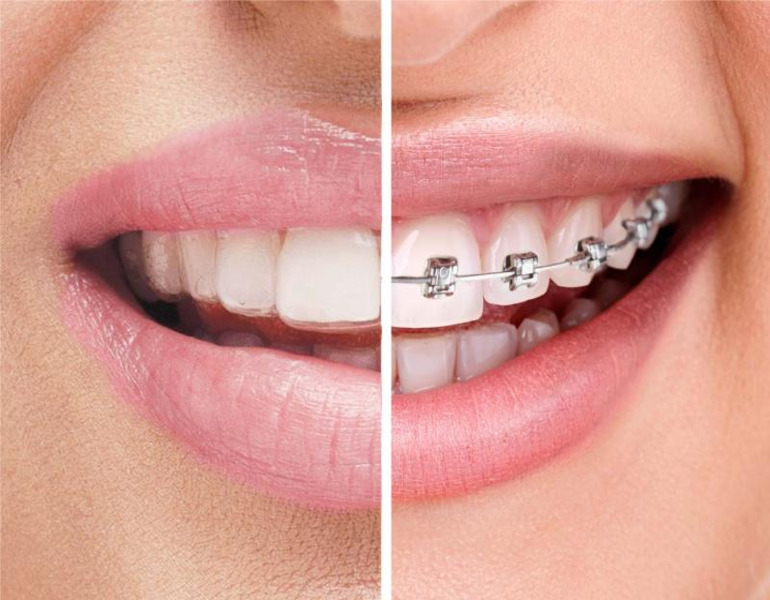
What to Expect During Your Root Canal Procedure

Are you experiencing recurring tooth pain or difficulty in chewing? Then, your dentist might recommend a root canal because your tooth is seriously damaged but can be saved. Going through a procedure without knowing what to expect is unsettling. Are you curious about the precise steps involved in getting a root canal? Familiarize yourself with the processes to be ready for your procedure.
What is Root Canal Treatment?
A root canal, also known as endodontic treatment which means "inside the tooth", is a dental procedure that treats infections in the tooth's pulp, the soft tissue at the center of the tooth. The process includes taking out the affected pulp and inserting a root filling. Root canals are usually painless but can cause discomfort. The dentist will use local anesthesia to numb the tooth and the surrounding area to alleviate pain.
What are the Steps?
Three processes make up root canal therapy, which can be finished in one to three sessions.
1. Root Canal Cleaning
Root canal cleaning is a dental procedure to remove infected or damaged tissue from inside a tooth. The dentist cleans out the root canals, which are small, narrow spaces inside the tooth, to prevent further infection. After cleaning, the tooth is sealed to protect it from future damage. This helps save the tooth and relieve pain. This process is done while the patient is under local anesthesia.
2. Completing the Root Canal
The dentist then uses irrigation solutions and microscopic files to clean, shape, and disinfect the hollow area. The tooth is then filled with a substance that resembles rubber, and the canals are entirely sealed using adhesive cement. After receiving a root canal, the tooth is dead. Since the infection has been eradicated and the nerve tissue has been destroyed, the patient will no longer experience pain in that tooth.
3. Adding a Crown or Filling
However, the tooth will be more brittle than it was previously. A ligament maintains the tooth's connection to the bone and needs to supply nutrients to a tooth lacking pulp. This supply is sufficient, but a crown or filling provides protection as the tooth ages and becomes more fragile. Until the crown or filling is completed, the patient must avoid biting or chewing on the tooth. After receiving a crown or filling, the patient can resume using the tooth as usual.
The procedure usually requires just a single visit, although if there are curved or multiple canals or significant infections, it may necessitate one or two extra appointments.
Conclusion
Having a root canal might appear daunting, but having knowledge about the procedure can help reduce your fears. The procedure is designed to save your tooth and eliminate pain. By following the steps your dentist outlines, including getting a crown or filling afterward, you can ensure that your treated tooth stays strong and healthy. Remember, a root canal is a common and effective way to address serious dental issues, allowing you to keep your natural tooth and enjoy a pain-free smile. For more information visit Krushna Orthodontics Dental Clinic for Root Canal Treatment in Dattawadi Pune.








